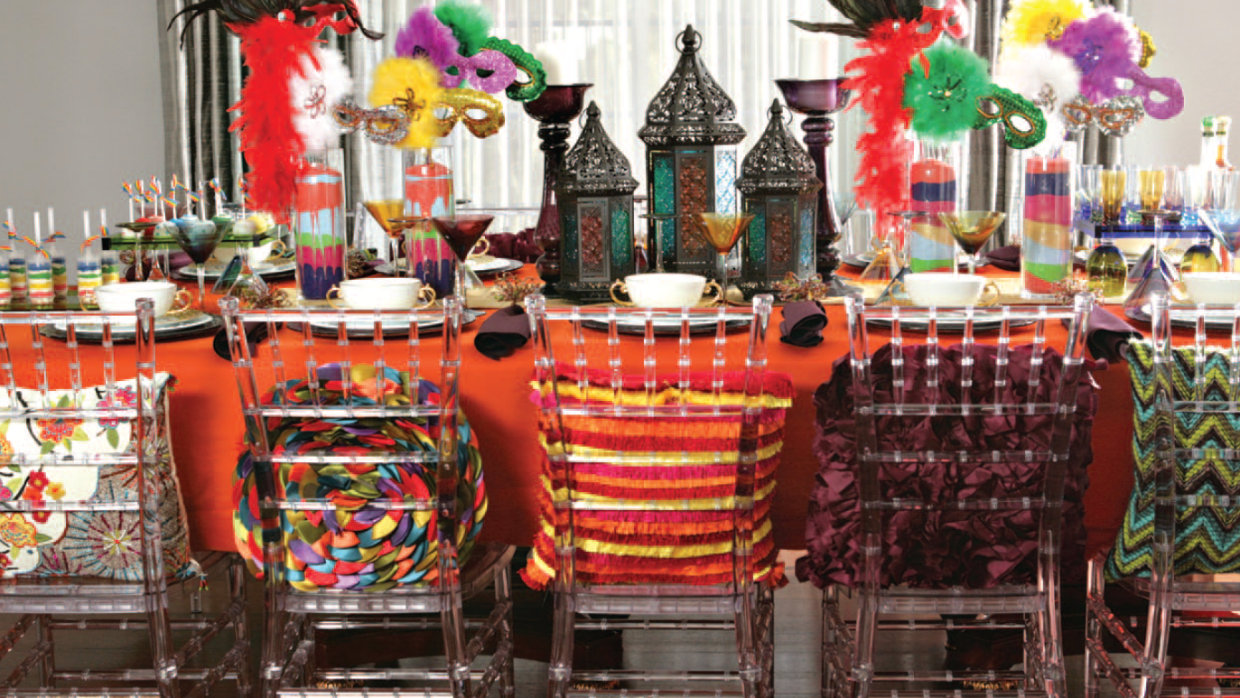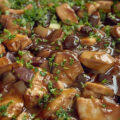In the biblical book of Esther, which tells the story of Purim and is traditionally read on the holiday, one of the story’s important characters, the ancient Persian King Ahasuerus (some consider to be Xerxes in English) got mad at his wife Vashti for publicly disobeying him, and his top advisor, Haman, the story’s antagonist, convinced him to have her killed. Massive eye roll for the insane patriarchal kingdom. But it gets worse (before it gets way better).
According to some, Haman knew Acheshverosh would pick a new wife to honor above all his other concubines– and Haman incorrectly assumed one of his daughters would be chosen, thereby greatly increasing his own status in the Persian kingdom.
Haman’s ire knew no bounds when the king instead chose Esther to be his wife. Esther was forcibly taken from her home, from the love and care of the story’s protagonist, Mordechai (her uncle who raised her), to be the wife of the king.
Mordechai came to the palace gates every single day (#truelove) to check on Esther. On one such occasion, a pivotal moment of the story occurred. Haman came by the palace gates and as usual, everyone bowed down to him in obedience to a royal decree mandating subservience. Mordechai, however, did not.
Haman already proved dangerous when provoked by perceived disobedience (Vashti would concur), but he became increasingly enraged when he learned that Mordechai refused to bow down to Haman because Mordechai is a Jew, and the Jews bow down only to God.
It wasn’t enough for Haman’s outrageous ego to punish just Mordechai. He convinced Acheshverosh to kill ALL the Jewish people in his expansive kingdom.
Unbeknownst to the small-minded, selfish, atrocious Haman, Esther herself was a proud practicing Jew, hiding her real identity within the dangerous confines of the Persian palace.
Oh Queen Esther, queen of so much more than just an ancient Persian kingdom. Queen Esther was the queen of using her femininity and graceful lovingkindness to win over hearts and minds, stay true to herself, and save the Jewish people from ultimate annihilation. An unbelievably majestic role model forevermore.
Many say that Queen Esther was chosen to be queen for her beauty, but traditional biblical commentator Rabbi Yehoshua ben Korcha explained that her physical beauty was nothing extraordinary. He explained that Queen Esther had a skin condition that gave her a displeasing, yellowish appearance. Her beauty came from deep within, how she made others feel around her from her strength of character and ever present goodness.
You can learn so much from Esther’s efforts on behalf of the Jewish nation and celebrate Jewish survival by enjoying Persian inspired recipes on Purim.
Vegan Gondi
Even when challenged with living a life far from her culture and beliefs, in a palace she was forced to call home, and under much external scrutiny, Queen Esther managed to uphold her own values. She avoided eating nonkosher in the extravagant dining halls of the palace. She kept a vegetarian diet, eating legumes for protein. To this day Persian Jews honor her commitment by serving gondi, a chickpea and dumplings stew and some make it vegetarian.
Gondi is often made with chicken, but like Queen Esther, we’re keeping this Purim menu vegetarian. If you want to try a classic chicken version of Gondi, try this.
Khoresh Bademjan (Persian Eggplant and Tomato Stew)
Persian food is a variety of Middle Eastern food, although it has its own unique flavor profile with more gentle spicing and heavy-handed use of fresh herbs. Khoresh Bademjan, eggplant stew, is a Persian mainstay, and is perfect for the Purim meal. While it is often made with meat, it's well suited to vegetarian variations.
Potato Tahdig
Tahdig, crispy Persian rice, pairs perfectly with khoresh bademjan. The textures and flavors are complementary. Tahdig means “bottom of the pot” in Persian. You’ll be happy to scrape the pot clean for this dish.
Ash Reshteh (Persian Noodle Soup)
Ash Reshteh, or Persian noodle soup is another herb-filled delicious dish that may have been enjoyed by the heroine of the Purim story. Traditionally served for the Persian New Year and also served by Jews for Purim.
Sholeh Zard (Persian Saffron Rice Pudding)
For dessert, stick to the theme with Sholeh Zard, Persian Saffron Rice Pudding. It’s a dish that dates back hundreds of years and is always served for special occasions. Naturally, this rice pudding incorporates classic Persian ingredients like rosewater and cardamom.
Bellies full, souls satiated, this is the perfect vegetarian Persian feast for a Jewish holiday initiated by the courage and faith of the world’s most famous Jewish Persian queen.





















